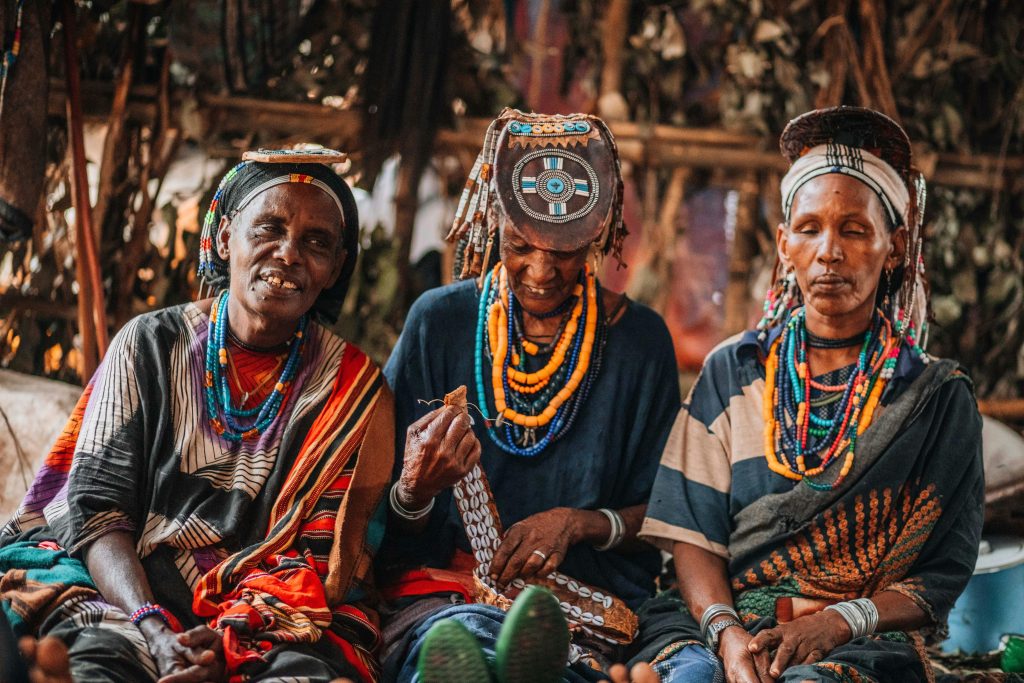
Culture Under Construction: Africa’s Balancing Act in a Globalized Era
In a dimly lit theater in Johannesburg, an audience erupts in applause as a contemporary dance troupe reimagines the Zulu war dance with elements of hip-hop. On a bustling street in Nairobi, vendors hawk Maasai jewelry alongside replicas of international brands. These juxtapositions capture a continent at a cultural crossroads, grappling with the preservation of heritage while navigating the pressures of globalization.
Africa’s cultural landscape has always been one of its most defining features. With over 2,000 languages spoken and countless traditions practiced across its 54 countries, the continent holds a treasure trove of human diversity. Yet, in the face of rapid urbanization, global cultural homogenization, and economic demands, there’s an ongoing debate: how does Africa hold on to its identity without being left behind?
This question feels particularly urgent in urban centers, where traditional practices often take a backseat to modern lifestyles. For instance, in Lagos, the iconic Yoruba talking drum is no longer a staple in many ceremonies but has found a new home in Afrobeats tracks played in nightclubs. While some see this as innovation, others fear it signals a dilution of heritage.
However, it’s not all a story of loss. Many African creatives are finding ways to integrate traditional elements into contemporary art forms. In Ghana, architect David Adjaye incorporates Akan symbols into his designs, blending modernist principles with cultural resonance. Across the border in Nigeria, Nollywood—the world’s second-largest film industry—is weaving local narratives into globally appealing formats, creating a cultural export that rivals Bollywood and Hollywood.
Yet, these efforts are often overshadowed by the dominance of Western cultural influences. From TikTok dances to Hollywood blockbusters, global platforms often dictate trends, leaving African creators to fight for visibility in a saturated market. Platforms like Boomplay and Showmax, which prioritize African content, are promising steps, but they struggle to compete with global giants.
The role of cultural policy in this dynamic cannot be understated. Many African governments have been slow to invest in cultural industries, seeing them as less critical than sectors like agriculture or manufacturing. This neglect is ironic given the growing economic potential of creative industries. According to UNESCO, Africa’s cultural sector is worth over $58 billion annually and employs millions, yet it remains underfunded and underregulated.
Cultural preservation efforts also face logistical and ethical challenges. Museums across Europe still house thousands of African artifacts acquired during colonial rule, sparking contentious debates about restitution. While countries like Benin and Senegal have successfully reclaimed some items, the process is slow and fraught with resistance from institutions reluctant to part with these treasures.
Still, Africa’s cultural renaissance feels inevitable. Festivals like the Lake of Stars in Malawi and the Marrakesh Biennale in Morocco showcase the continent’s creative pulse, drawing global audiences. Diaspora communities, too, play a crucial role, with African-Americans and Afro-Caribbeans championing movements like Afrofuturism, which reimagines Africa’s past and future through speculative art.
Ultimately, culture is not static; it evolves. But for Africa, the stakes feel higher. As the continent hurtles toward an uncertain future, preserving cultural identity isn’t just about honoring the past—it’s about shaping the narrative of what it means to be African in the 21st century. If there’s one thing the world can learn from Africa, it’s that culture is not a relic to be archived but a living, breathing force that defines who we are and where we’re headed.